5 Shocking Electrical Danger Signs & Fashionable Faceplates

by
BrightNest
(IC: blogger)
What type of accident is easily preventable, yet accounts for 28,600 fires and $1.1 billion in property losses each year?
Electrical fires! In fact, fifty-three percent of residential fires involve electrical wiring, which is intricately hidden behind the faceplates on your light switches. Aside from flying sparks, electrical danger signs can be subtle. Performing a few simple tasks like tightening a ceiling fan or testing a faceplate’s temperature can mean the difference between fire prevention and fiery disaster.
Twice a year, conduct an electrical safety audit and pay attention to the following subtle signs of danger. If these conditions persist, contact an electrician.
Electrical fires! In fact, fifty-three percent of residential fires involve electrical wiring, which is intricately hidden behind the faceplates on your light switches. Aside from flying sparks, electrical danger signs can be subtle. Performing a few simple tasks like tightening a ceiling fan or testing a faceplate’s temperature can mean the difference between fire prevention and fiery disaster.
Twice a year, conduct an electrical safety audit and pay attention to the following subtle signs of danger. If these conditions persist, contact an electrician.
1. Loose Ends On Extension Cords.
Enjoyed the project?

Want more details about this and other DIY projects? Check out my blog post!
Published March 25th, 2015 2:36 PM






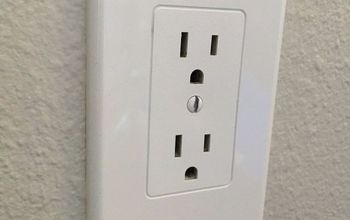











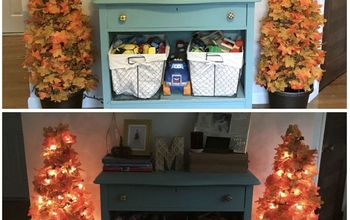

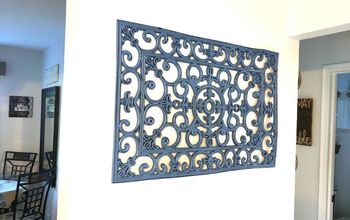
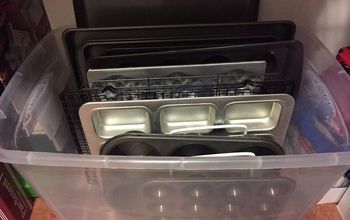
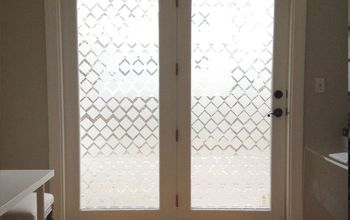

Frequently asked questions
Have a question about this project?